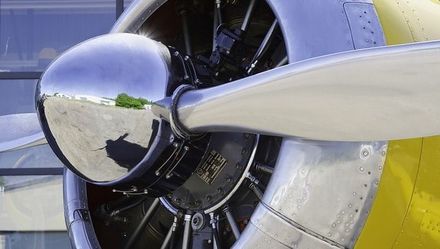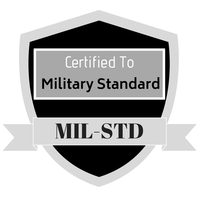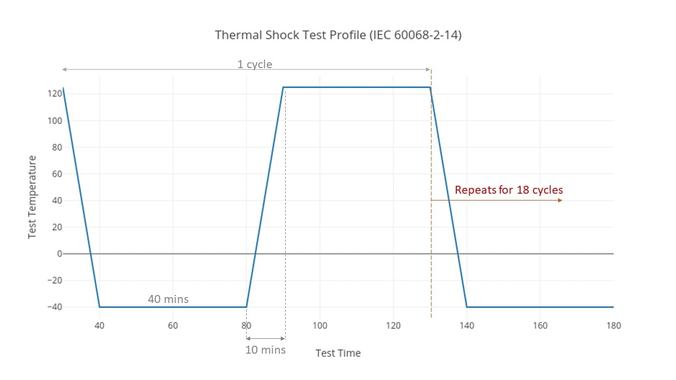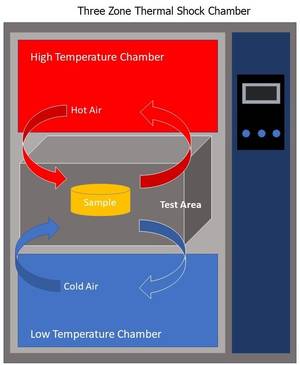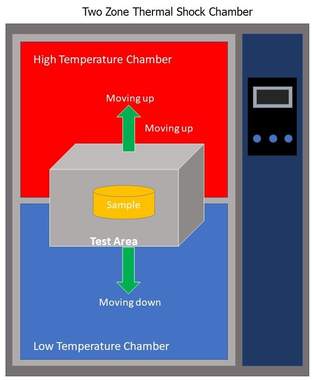What is Thermal Shock Test?The adaptability of a product towards the rapid and extreme variation in temperature will need to undergo a test for its durability called the Thermal Shock Test. Any kind of product or equipment could be exposed to contrasting weather conditions, either too hot or too cold. "The adaptability of a product towards the rapid and extreme variation in temperature will need to undergo a test for its durability called the Thermal Shock Test." These kinds of exposure could change or alter the properties of a product and weaken its ability to hold itself together which can cause it to crack, break, or bend. Take vinyl leather for example, it usually comes in a form of a bag or a coat. When vinyl leather is exposed to altering weather in rapid succession, the leather property chips, thus altering its structural properties, strength and longevity. To resolve this issue, manufacturers executes a Thermal Shock test to find out the extent to which a product can outlast weather changes. This execution of the Thermal Shock test involves a rapid change of extreme temperature from either hot to cold and vice-versa. This test usually uses 15 °C per minute temperature or higher, a testing temperature for goods or products that are subject to transport or distribution. Products may be military parts and equipment, aerospace parts, product packaging and even electronic devices that are made for rough use. Having these products undergo Thermal Shock Test could really help determine its capability to withstand rapid changes in weather. Imagine if an aircraft part cannot withstand the rapid change in weather and it cracks and blows the whole part which could cause a big destruction.
|
Categories |


